Ceramics has influenced human culture for millennia, from functional utilitarian containers to breathtaking pieces of art. These earthy artifacts bridge us to our forebears while influencing makers everywhere today. The magic of earth, water, and flame turns lowly clay into forms of both function and beauty.
Here is a list of 20 remarkable towns and cities worldwide that have earned reputations as ceramic paradises. Each celestial region seems to be best with respect to natural cultures that endorse unique practices, techniques, and aesthetic outlooks emanating from its particular cultural environment.
Jingdezhen, China
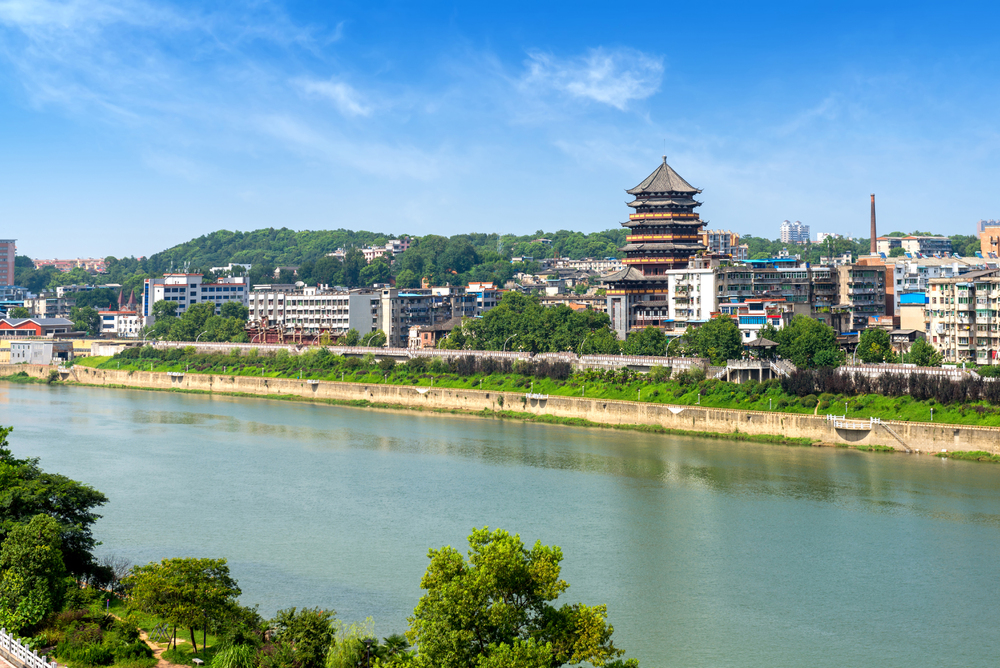
Known as the ‘Porcelain Capital,’ Jingdezhen has been manufacturing ceramics for more than 1,700 years. The imperial kilns within the city used to make the best porcelain solely for Chinese emperors, with methods so secretive that they remained unknown to outsiders for centuries.
Now, it is possible to tour several hundred workshops and watch artisans hand-painting the classic blue-and-white motifs that inspired ceramic traditions across the world.
Seto, Japan
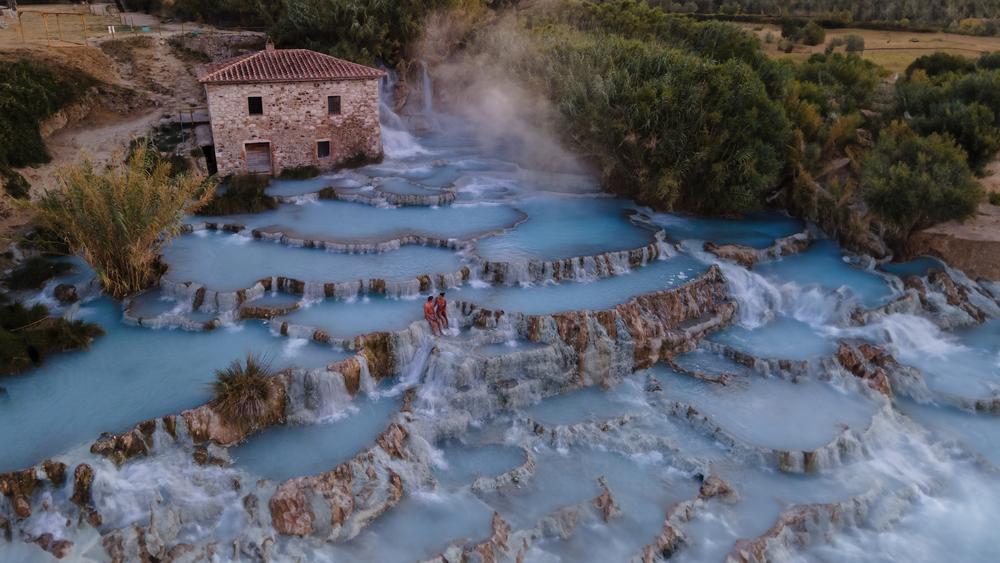
Seto has been a pottery center now for all of the 13 centuries and has got itself a designation after ‘Setomono,’ which, in layman’s terms, is nothing but the Japanese term for ceramics. The artist in the town has a very good craftsmanship on their glazes whereby the present finishing will look as if it came right from rolling water to cascading tree bark.
Walking in the streets of Seto is like entering a live museum, where traditional craft and modern innovation go hand in hand.
Like Travel Pug’s content? Follow us on MSN.
Delft, Netherlands
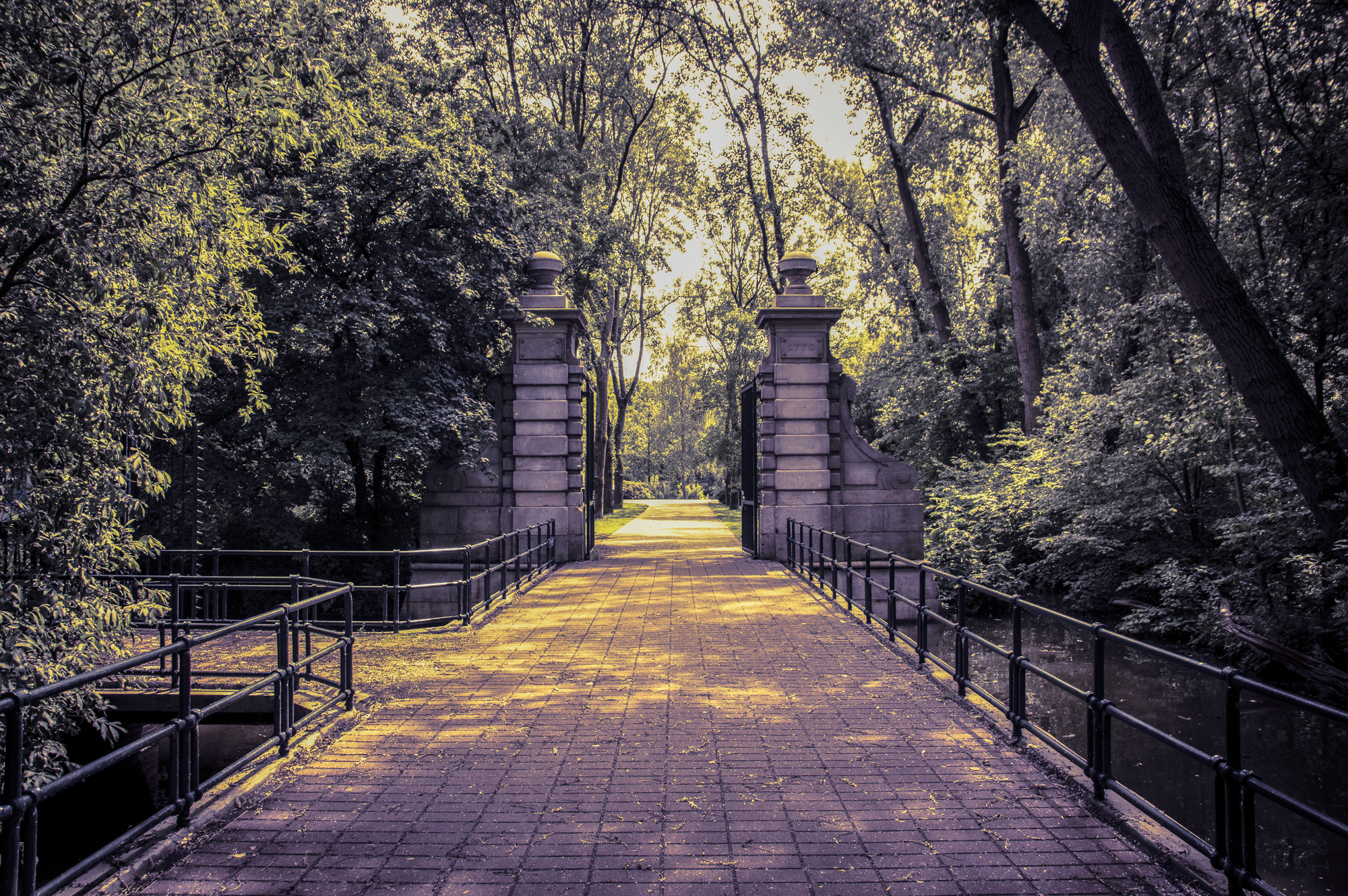
This picturesque Dutch village was renowned for its blue and white earthenware that imitated Chinese porcelain. Delft’s unique pottery history started in the 17th century when trade with China was interrupted. Local potters developed their version of Asian patterns, leading to the globally recognized Delftware.
The town’s ceramic legacy is evident everywhere, from historic factory tours to ornamented tiles that line buildings all over the city.
Stoke-on-Trent, England

Commonly referred to as ‘The Potteries,’ this English city consists of six towns that made up the core of England’s industrial ceramic manufacturing. Names such as Wedgwood, Spode, and Minton founded their factories here, bringing pottery from craft to industry.
The bottle-shaped kilns that used to dominate the skyline are now largely gone, but superb museums and working studios preserve the tradition for ceramic lovers.
Faenza, Italy

This medieval Italian town lent its name to ‘faience,’ a term used throughout Europe for tin-glazed earthenware. Faenza’s ceramic tradition dates back to the 12th century, and it developed a distinctive style featuring bright colors and narrative scenes.
The International Museum of Ceramics houses over 60,000 pieces spanning cultures and centuries, making it a true mecca for pottery lovers.
Like Travel Pug’s content? Follow us on MSN.
Vallauris, France

This Mediterranean town became a ceramic hotspot when Pablo Picasso arrived in 1948 and began creating pottery. The master’s presence attracted other artists, transforming this traditional pottery town into an artistic hub.
The local clay has exceptional qualities that have been appreciated since Roman times. Today, dozens of ateliers continue creating both traditional and avant-garde ceramic pieces.
Guanajuato, Mexico
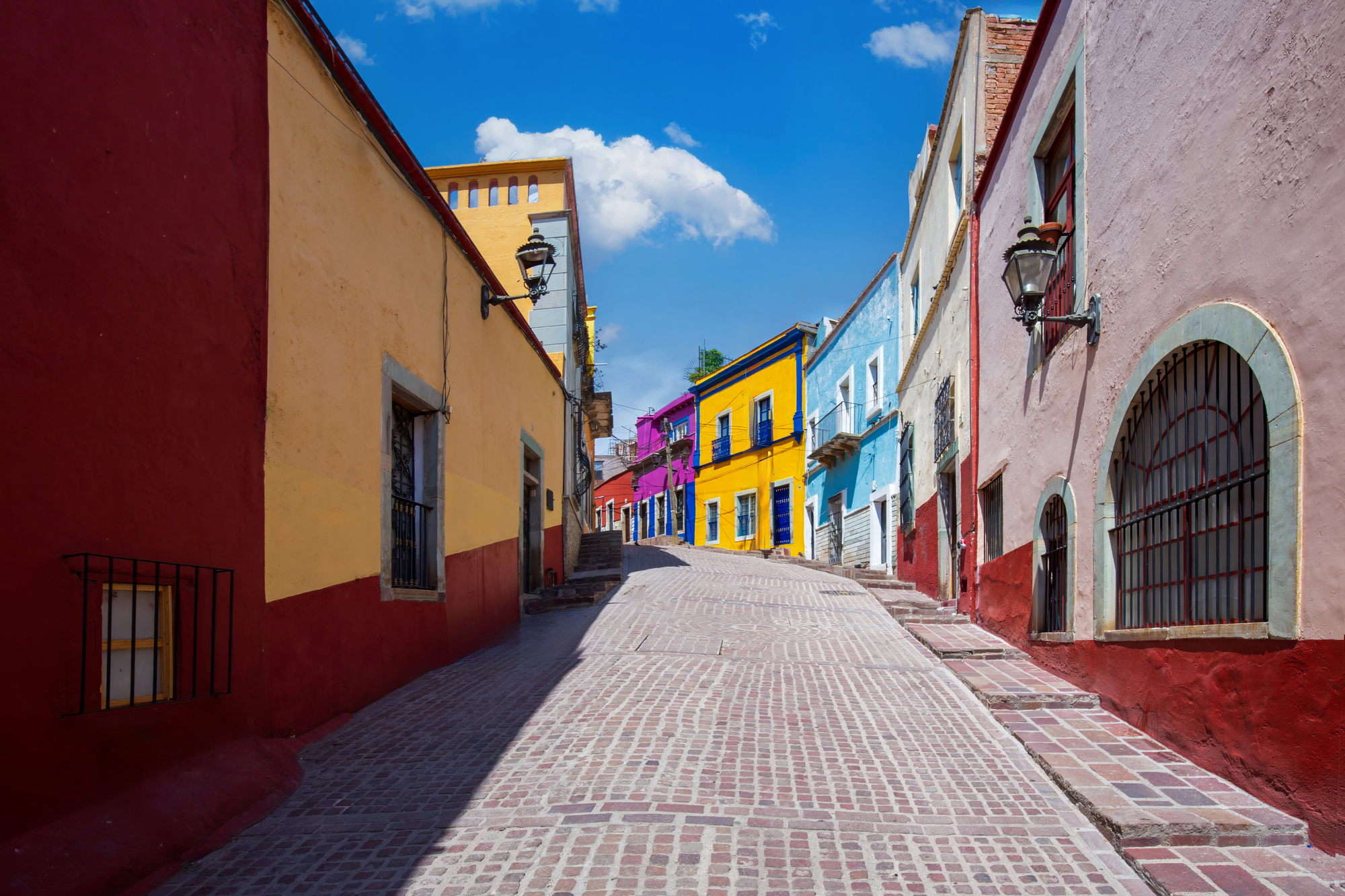
The colonial town of Guanajuato produces Talavera-inspired majolica known for its vibrant colors and intricate patterns. Local artisans combine indigenous techniques with Spanish colonial influences, creating pottery that tells the story of cultural fusion.
The town’s narrow, winding streets hide dozens of workshops where you can watch potters transform local clay into everything from traditional kitchen vessels to contemporary sculptures.
Deruta, Italy
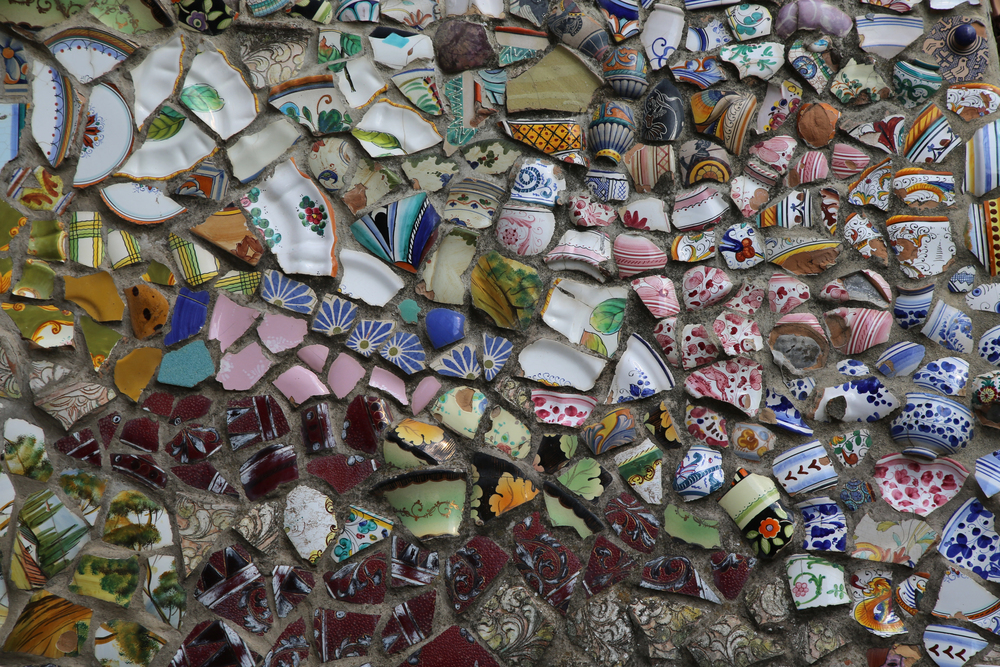
Nestled in Umbria, Deruta has been producing magnificent maiolica since the Middle Ages. The town’s ceramics are recognized by their vibrant colors and distinctive patterns featuring grotesques, geometric designs, and religious motifs.
Nearly every building in the historic center houses a ceramic workshop or showroom, creating an immersive experience for collectors and casual admirers alike.
Like Travel Pug’s content? Follow us on MSN.
Höhr-Grenzhausen, Germany

This town in the Westerwald region is famous for its salt-glazed stoneware with distinctive blue and grey decorations. The area’s unique clay deposits, containing ideal mineral compositions, have supported a thriving ceramic industry since the 15th century.
The Keramikmuseum showcases historic pieces and cutting-edge contemporary work from the respected ceramics school in town.
San Juan Oriente, Nicaragua
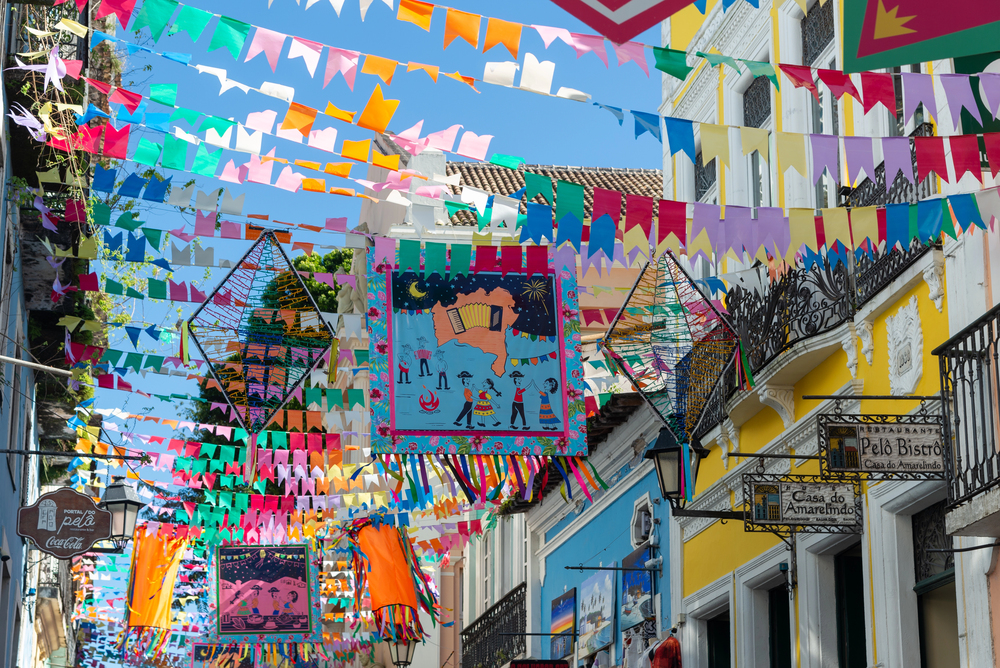
Pre-Columbian ceramic techniques have been preserved in this small village for over 1,000 years. Potters create vessels using foot-powered wheels and burnish surfaces with smooth stones just as their ancestors did.
The town’s ceramics reflect indigenous symbolism featuring serpents, turtles, and other elements of Nicaraguan mythology, connecting present-day artisans to ancient traditions.
Hebron, Palestinian Territories
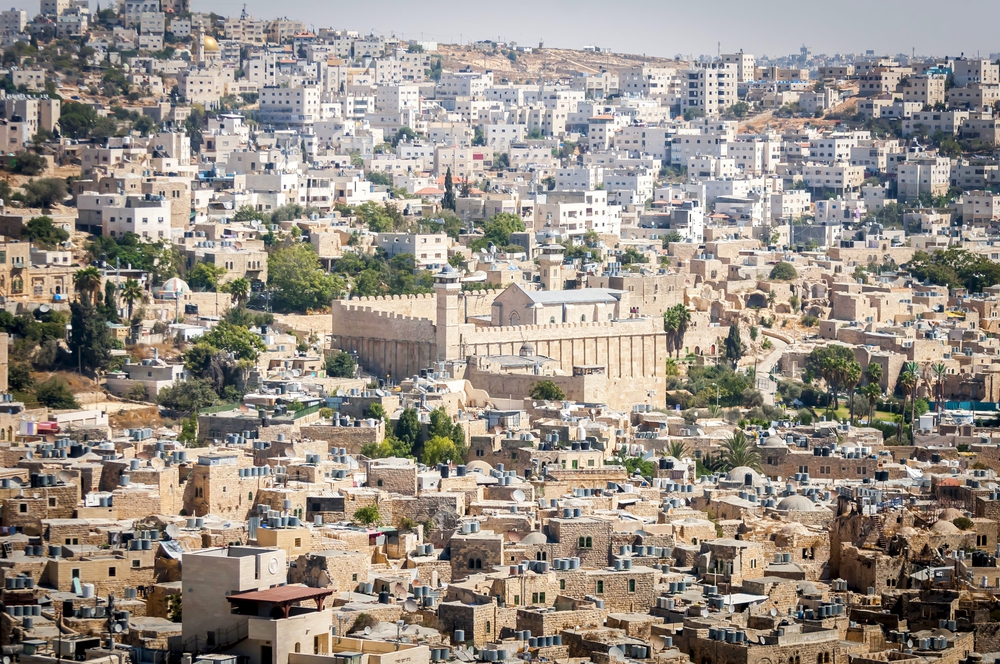
Hebron’s ceramic tradition dates back to the Canaanite period. Its distinctive blue, green, and amber glazes have become symbols of Palestinian cultural heritage. The city’s ceramic workshops often function as family businesses, with techniques passed down through generations.
These artisans continue creating traditional architectural tiles and decorative objects despite challenging circumstances.
Like Travel Pug’s content? Follow us on MSN.
Avanos, Turkey

Avanos has been a pottery center set along the Red River in Cappadocia since Hittite times. The iron-rich red clay from the riverbanks gives local ceramics their distinctive rusty hue. The town’s potters are known for their virtuosity on the wheel, often performing remarkable feats of skill for visitors.
Many workshops are built into ancient cave dwellings, adding to the magical experience of this ceramic destination.
Caltagirone, Sicily
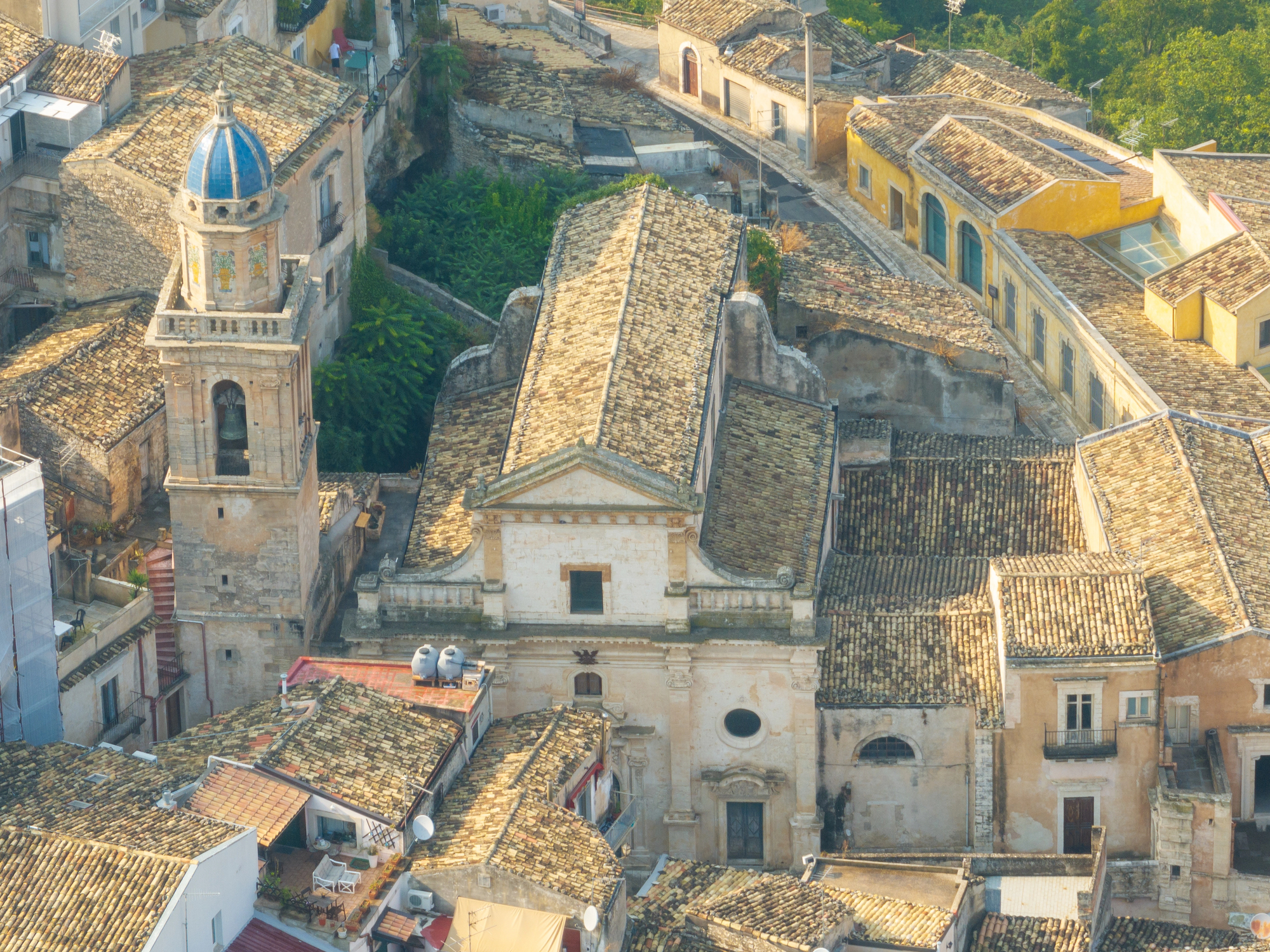
Famous for its ceramic staircase with 142 uniquely decorated risers, Caltagirone elevates ceramic art to monumental status. The town’s tradition dates back to Arab rule in the 10th century and combines multiple cultural influences in its vibrant style.
Beyond decorative items, local artisans create practical pieces like the ‘bummulu,’ a porous water vessel that naturally cools its contents in the Sicilian heat.
Limoges, France
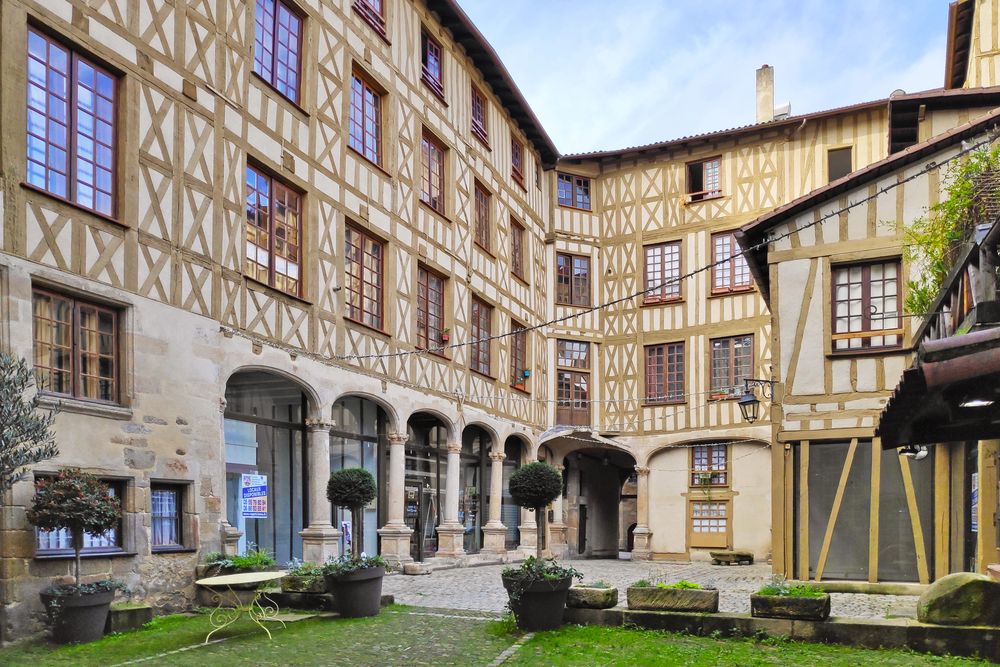
Renowned for exceptionally fine, translucent porcelain, Limoges became synonymous with luxury ceramics in the 18th century. The secret to its success lies in the pure kaolin clay deposits discovered nearby.
The town’s manufacturers developed techniques for creating delicate, hand-painted pieces that became prized possessions in wealthy homes across Europe and America. Today, both large factories and small ateliers continue this prestigious tradition.
Like Travel Pug’s content? Follow us on MSN.
Tokoname, Japan

One of Japan’s Six Ancient Kilns, Tokoname specializes in unglazed ceramics that develop beautiful patinas through use. The town is particularly famous for teapots that enhance tea flavor through the interaction between the clay body and the beverage.
Walking through the ‘Pottery Path’ district feels like traveling back in time, with historic kilns, ceramic-lined walls, and countless studios showcasing traditional craftsmanship.
La Bisbal d’Empordà, Spain

This Catalan town produces distinctive terracotta in vibrant yellow, green, and brown glazes. The main street is lined with ceramic shops selling everything from traditional cooking vessels to avant-garde sculptures.
La Bisbal’s clay has been prized since Roman times for its excellent working properties and distinctive color when fired. The town celebrates its ceramic heritage with colorful architectural elements throughout public spaces.
Bizen, Japan
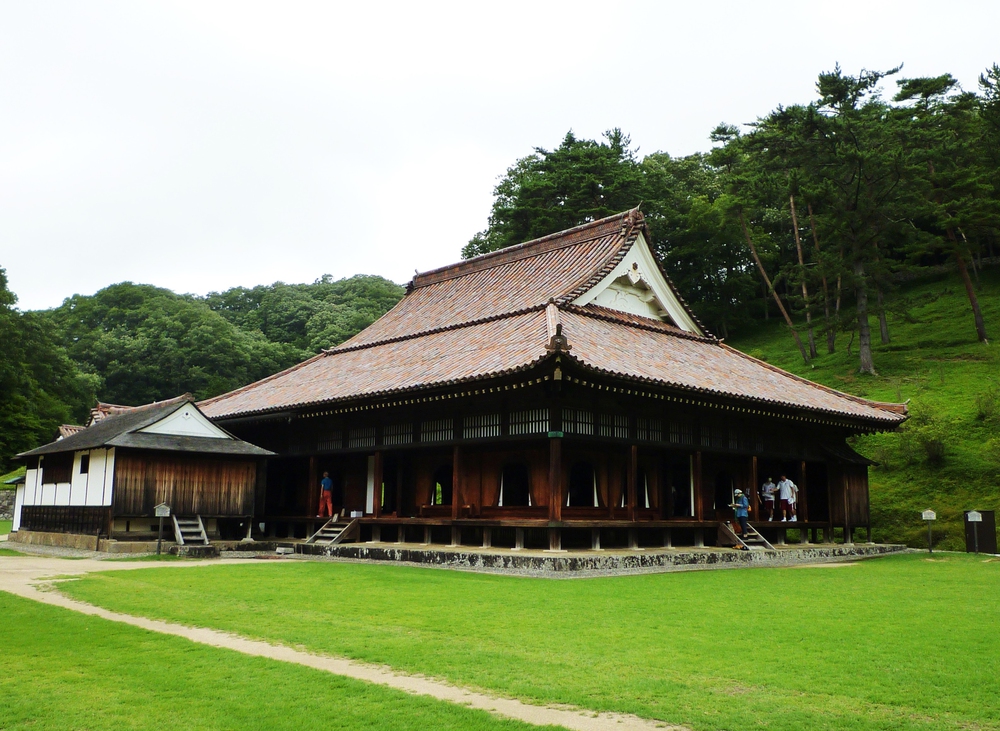
Bizen ware is known for natural ash glazes that create unpredictable, one-of-a-kind surface effects during wood-firing processes that can last up to two weeks. This town’s ceramic tradition has continued uninterrupted for around 1,000 years, with techniques passed down through generations.
The rustic aesthetic of Bizen pottery perfectly embodies the Japanese appreciation for finding beauty in imperfection.
Like Travel Pug’s content? Follow us on MSN.
Bat Trang, Vietnam

Outside Hanoi, this ancient village has specialized in ceramics for over 700 years. Bat Trang developed distinctive blue and white wares that competed with Chinese imports and were exported throughout Southeast Asia.
Today, hundreds of family workshops produce everything from everyday tableware to sophisticated art pieces. The village embraces both traditional hand techniques and modern production methods.
Nove, Italy

This small town near Vicenza developed a distinctive ceramic style featuring sculptural elements and trompe l’oeil effects. Nove’s artisans became masters at creating ceramic objects that mimicked other materials, from woven baskets to wooden furniture.
The tradition of ceramic sculpture reached its peak with elaborate centerpieces depicting fruits, vegetables, and flowers that were virtually indistinguishable from the real things.
Puebla, Mexico

Puebla’s Talavera pottery, with its distinctive cobalt blue decorations on a milky white background, resulted from the fusion of indigenous techniques with Spanish and Arabic influences. The production process follows strict regulations to maintain traditional quality standards.
The city is a ceramic showcase, with building façades covered in decorative tiles that transform ordinary streets into open-air ceramic art galleries.
Like Travel Pug’s content? Follow us on MSN.
The Enduring Appeal of Clay Communities

These ceramic towns represent more than just production centers—they are living repositories of cultural heritage where ancient knowledge meets contemporary creativity. Each location has adapted to changing times while maintaining connections to traditional techniques that would otherwise be lost.
For ceramic enthusiasts, visiting these towns offers not just shopping opportunities but chances to witness the transformation of humble earth into objects of lasting beauty and significance.
More from Travel Pug

- Cities Growing so Fast You Won’t Recognize Them in 10 Years
- 13 Destinations Where Tourists Regularly Regret Their Trip
- 20 Obscure WWII Sites Even History Buffs Don’t Know About
- 10 Under-the-Radar Mountain Towns That Are Both Affordable and Beautiful
- Remote Villages in Europe Where You Can Live for Free in Exchange for Work
Like Travel Pug’s content? Follow us on MSN.
